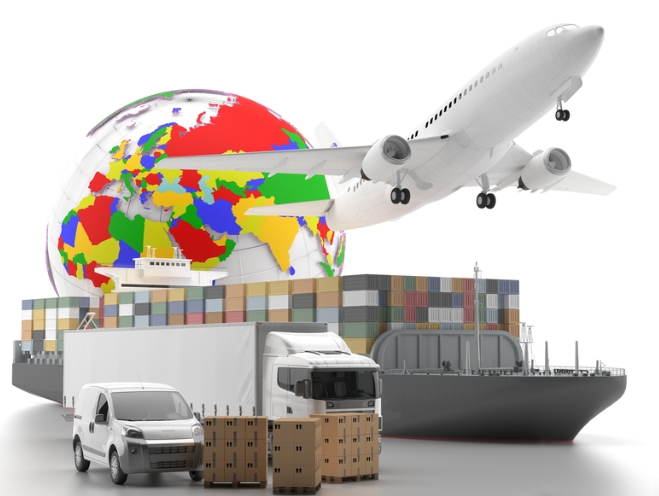Public transport is an essential part of modern society, providing an affordable and efficient means of transportation for millions of people every day. However, the cost of public transport can be a significant burden for many individuals and families, particularly in low-income areas. As a result, there has been a growing movement towards free public transport in cities around the world. In this article, we will explore where in the world public transport is free and the benefits and challenges of implementing such a system.
Europe
Europe is home to some of the most extensive and well-established free public transport systems in the world. In Estonia's capital, Tallinn, public transport has been free for residents since 2013, with the cost of the system being covered by the city's budget. Similarly, in Luxembourg, all forms of public transport have been free since March 2020, making it the first country in the world to offer free public transport nationwide. Other European cities, such as Dunkirk in France and Hasselt in Belgium, have also implemented free public transport systems in recent years.
Benefits and Challenges
The benefits of free public transport are numerous. Firstly, it can help to reduce traffic congestion and air pollution by encouraging people to use public transport instead of driving. Secondly, it can improve social equity by providing low-income individuals with access to affordable transportation. Finally, it can boost the local economy by making it easier for people to travel to work, school, and other destinations.
However, there are also challenges associated with implementing free public transport. One of the main challenges is the cost of the system, which must be covered by the city or government budget. This can be a significant expense, particularly in larger cities with extensive public transport networks. Additionally, there may be concerns about the impact of free public transport on the quality of the system, as increased demand may lead to overcrowding and reduced service quality.
Conclusion
In conclusion, free public transport is an innovative solution to the challenges of modern transportation. While Europe has been at the forefront of this movement, other cities and countries around the world are beginning to explore the benefits of free public transport. However, it is essential to consider the challenges associated with implementing such a system and to ensure that it is financially sustainable and of high quality. With careful planning and investment, free public transport has the potential to transform the way we travel and live in our cities.


